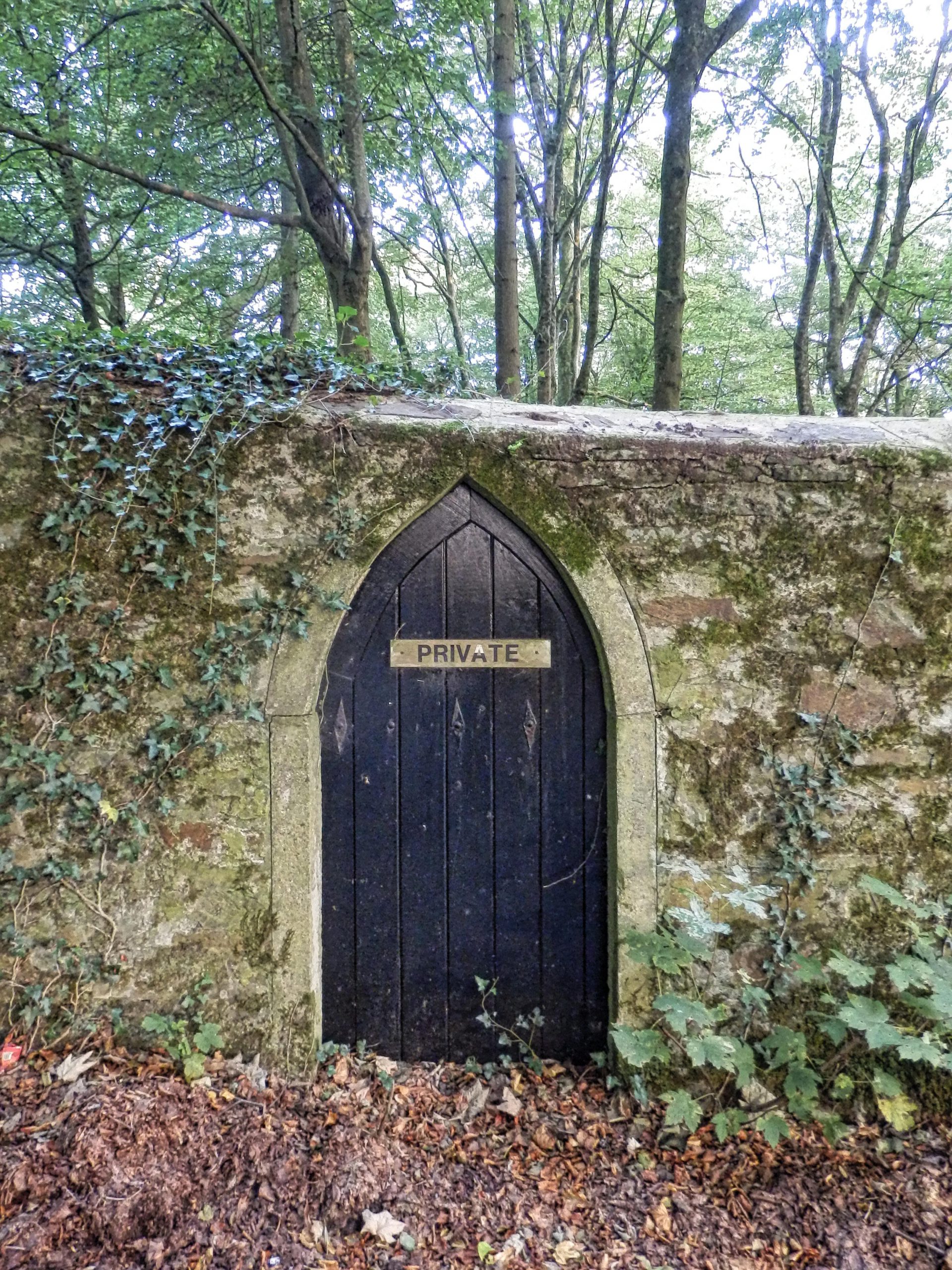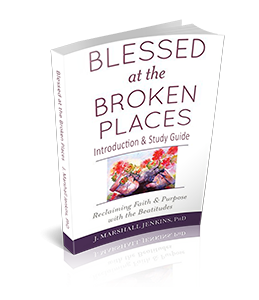Blessed are the peacemakers, for they will be called children of God (Matthew 5:9).
You want peace. I want peace.
But we disagree on what it looks like. You fear that if you concede anything to my peace program, you will slide down a slippery slope into my version of peace, which looks rotten to you. I fear that if I concede anything to your peace program, those who agree with me will call me a traitor, and our division will defeat us. So we dig in our heels. No peace.
Sound like Washington? Your workplace? Church? Family? It’s everywhere. And I don’t think ideas and distinctions alone will resolve it. But neither do I think we can get a civil start without better understanding peace.
So let me propose a scheme.
Peace has three dimensions. People often operate with one or two of them, but meaningful, sustainable peacemaking requires all three.
The most basic of the dimensions is the absence of conflict. If we can get the Republicans and Democrats, evangelicals and progressives, or husband and wife to stop fighting, all will be well. We just want calm. When negotiations fail – as they often do between parties with different visions of peace — we take a vacation, watch TV, or bolt down an extra scotch.
We cannot sustain this dimension alone without violence – the opposite of peace. If I don’t want you to bother me, I use personal, economic, or martial force to forge a wall. Complete success entails going through my days unconscious that you exist, rendering you invisible. Most people don’t move beyond this.
So define peace with another dimension: Interdependent relationships between people seeking harmony. Peacemaking then requires building bridges. Then reach out to the other with kindness and win-win solutions. That may finish the job, building community and keeping conflict at bearable levels.
However, this approach risks conflict and requires much courage. My enemy may crush my outstretched hand, or my allies may desert me. Nonviolent resistance embraces this risk. But what if this suffering drains the bridge-builder of all strength, hope, and sanity? This approach takes time and patience.
How can a peacemaker endure?
Ironically, the needed third dimension brings us back to walls. Peacemakers need space and time for retreat. They need arms into which to fall, let down their guard, and receive.
Peacemaking does not always destroy walls but deems them dispensable. At the one-dimensional level that only wants lack of conflict, we cling to walls for dear life, preserving hope for splendid isolation. More mature peacemakers keep in mind the proper purpose of walls, using them to make a place of replenishment and prayer before returning to the fray.
“But now more than ever the word about Jesus spread abroad; many crowds would gather to hear him and to be cured of their diseases. But he would withdraw to deserted places and pray” (Luke 5:15-16).
Jesus refused the dream of splendid isolation and called us to follow him.



The third dimension calls for the most work and most of us don’t want to work. We want things to be simple, safe and easy. Peace and peacemaking is never any of these things.
Yes, indeed. The greater one’s commitment to nonviolence, the harder the work, the greater the courage, and the deeper the love.
Loved this Marshall Jenkins, In order to make peace, we must start by building bridges. Our connection with one another is part of what makes us human, but to make it work, we must completely understand each other.
Thank you, Carl Moyler. And I agree fully with your comment. Let me add that we must use walls only to give us the space to know ourselves well enough to listen well to others. Then, yes, open the door, head to the river’s edge, and start building that bridge.